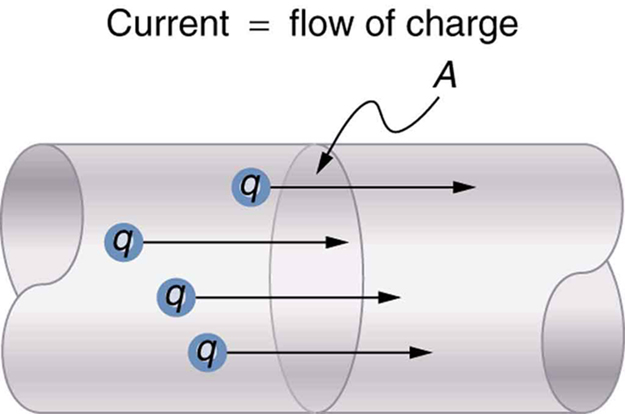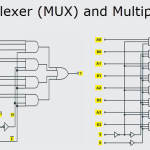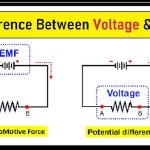SI units
The system of units used in engineering and science is the Systeme Inter- ` nationale d’Unites (International system of units), usually abbreviated to ´ SI units, and is based on the metric system. This was introduced in 1960 and is now adopted by the majority of countries as the official system of measurement.
The basic units in the SI system are listed with their symbols, in Table 1.1.

Derived SI units use combinations of basic units and there are many of them. Two examples are:

SI units may be made larger or smaller by using prefixes which denote multiplication or division by a particular amount. The six most common multiples, with their meaning, are listed in Table 1.2.

Charge
The unit of charge is the coulomb (C) where one coulomb is one ampere second. (1 coulomb D 6.24 ð 1018 electrons). The coulomb is defined as the quantity of electricity which flows past a given point in an electric circuit when a current of one ampere is maintained for one second. Thus,

Force
The unit of force is the newton (N) where one newton is one kilogram metre per second squared. The newton is defined as the force which, when applied to a mass of one kilogram, gives it an acceleration of one metre per second squared. Thus,


Work
The unit of work or energy is the joule (J) where one joule is one newton metre. The joule is defined as the work done or energy transferred when a force of one newton is exerted through a distance of one metre in the direction of the force. Thus

Power
The unit of power is the watt (W) where one watt is one joule per second. Power is defined as the rate of doing work or transferring energy. Thus,




